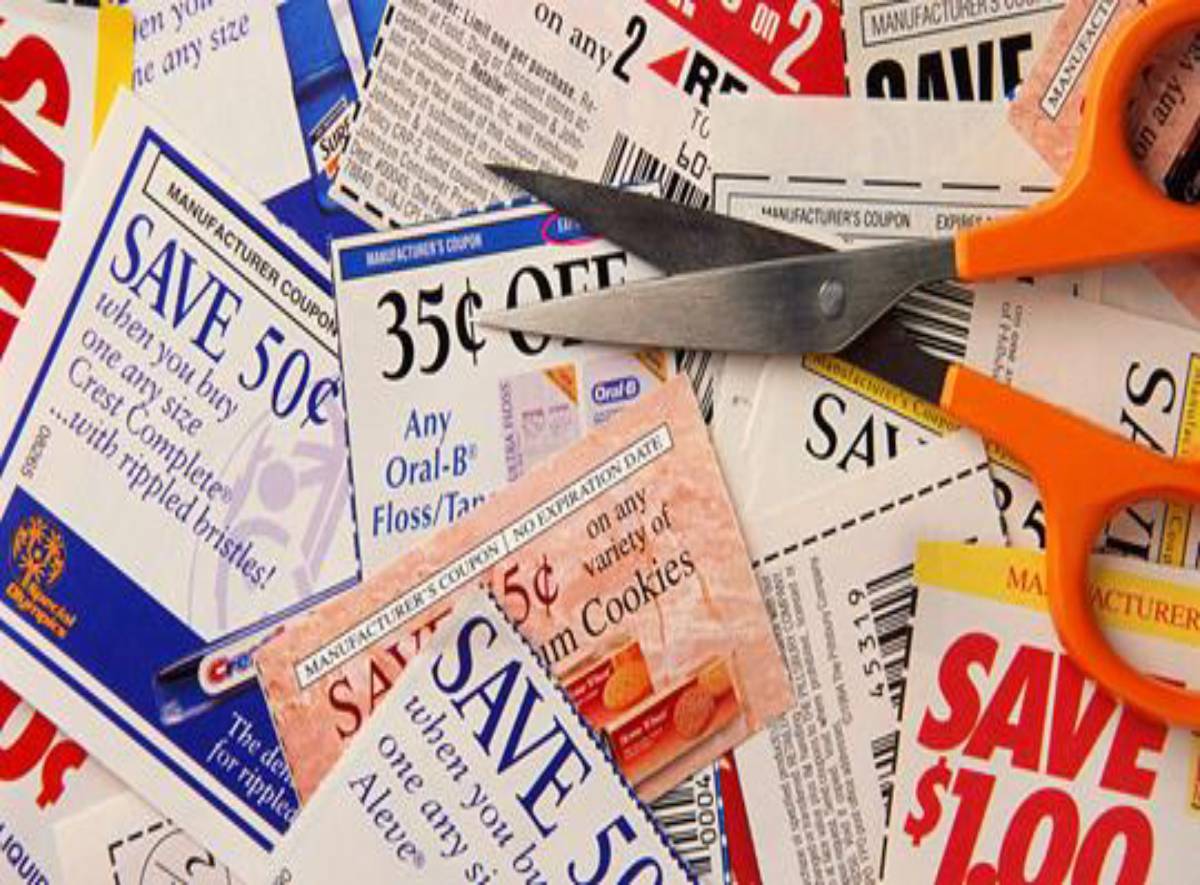Couponing is not always a simple strategy for businesses looking to increase retail profitability. If you’re curious about how it works and whether it’s the right move for you, here’s a guide that can help you navigate the waters of modern (and mostly digital) coupon marketing.
Before you start, you’re probably wondering if your business will benefit from using coupons. The short answer is “yes.” Coupons are part of a bigger marketing strategy that focuses on building solid relationships, encouraging customer engagement, and creating repeat customers.
- Plan your strategy and track your efforts
- Design coupons that get the job done
- Be CLEAR about the expiration date
- Make it simple
- Make it irresistible
- Most of all, make it discoverable!
Start off with small campaigns, each targeted at a different parameter (discount value, duration, etc.) to see what gets the best results. It’s imperative that you track the performance of every coupon you issue, which is simply done through assigning them codes that you can track based on factors such as location, delivery style (social, email, etc.), and most importantly, conversions. Start with 3 or 4 different campaigns, each of which focus on offering different types of discounts or ways of connecting with your customers. This will quickly show you what’s effective, and what’s a waste of time.
It’s not enough to say, “20% off this weekend only.” Always ask yourself, “Why should I care?” Look at your coupon’s designs from the recipient’s perspective. What catches your attention? What makes you feel that this is a great deal… for YOU? Are your graphics top-notch? Are your visuals high quality? You may want to consider hiring a professional to design your coupons; you can always reuse templates or make small modifications for future campaigns.
Don’t leave the expiration date hidden in the small print. If coupons are designed to encourage purchases, you’ll get even more mileage from creating a sense of urgency. Nothing is worse than having to tell someone that their coupon is expired - you’re likely to lose their business, and at the very least, leave them with a bad experience. Studies have proven that time constraints encourage purchases.
A strong call to action (CTA) is key: make it visible, make it irresistible, and make it urgent without being pushy. In other words, make it easy for people to make the decision to buy. If you’re not sure how to phrase it, try CTA’s like “see how much you can save” and “start saving now.”
A strong call to action (CTA) is key: make it visible, make it irresistible, and make it urgent without being pushy. In other words, make it easy for people to make the decision to buy. If you’re not sure how to phrase it, try CTA’s like “see how much you can save” and “start saving now.”
Coupons don’t do any good if people can’t find them. Don’t make them hunt for your coupons - present them with great deals wherever they are, through a coupon app such as Grab Qpons that makes it easy to discover and use coupons on shopping and dining.
